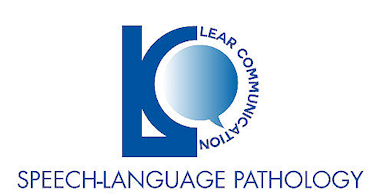“Billy seems to be having a hard time making eye contact and staying put when I am talking to him. He wanders away as though I am not even talking! I just can’t seem to engage him!”
“I just don’t understand why Ava stands so close to her peers and siblings. It drives them nuts!”
“James just can’t seem to take turns in a conversation or talk about anything other than trains. Sometimes I would like to just talk about something else.”
“When she sees her sister cry, Jane starts to laugh. I’m worried that she doesn’t know how to respond.”
“Every time John has a playdate, it ends in a fight. John can’t seem to compromise his plans for play!”
Sound familiar? Perhaps you know of, or are raising a child who struggles with social interaction. While many parents are well-versed in developmental milestones such as first steps and first words, many are not aware that there is a normal progression in the development of social communication skills. Even before a child begins to talk, the process of social development is well underway. These early skills will set the foundation for future skill development and, ultimately, successful social relationships as adults.
So, what do these early skills look like? How do you know if your child is “on track”? A registered Speech and Language Pathologist is trained in the identification and treatment of social communication difficulties. Using a combination of parent and teacher interview, standardized assessment, and in-clinic observation, your Speech-Language Pathologist can help you to determine whether there is cause from concern. From there, we can develop an individualized plan to help your child bridge the gap and develop the necessary skills to interact successfully at home and at school.
In the meantime, what should you expect?
| 1-2 years | 2-3 years |
|
|
|
|
|
|
|
|
| 3-4 years | 4-5 years |
|
|
|
|
|
|
|
|
|
|
|
|
| School Age Years | |
|
|
|
|
|
|
Want to know more? Please give us a call- we are here to help! or email us at info@learcomm.ca

